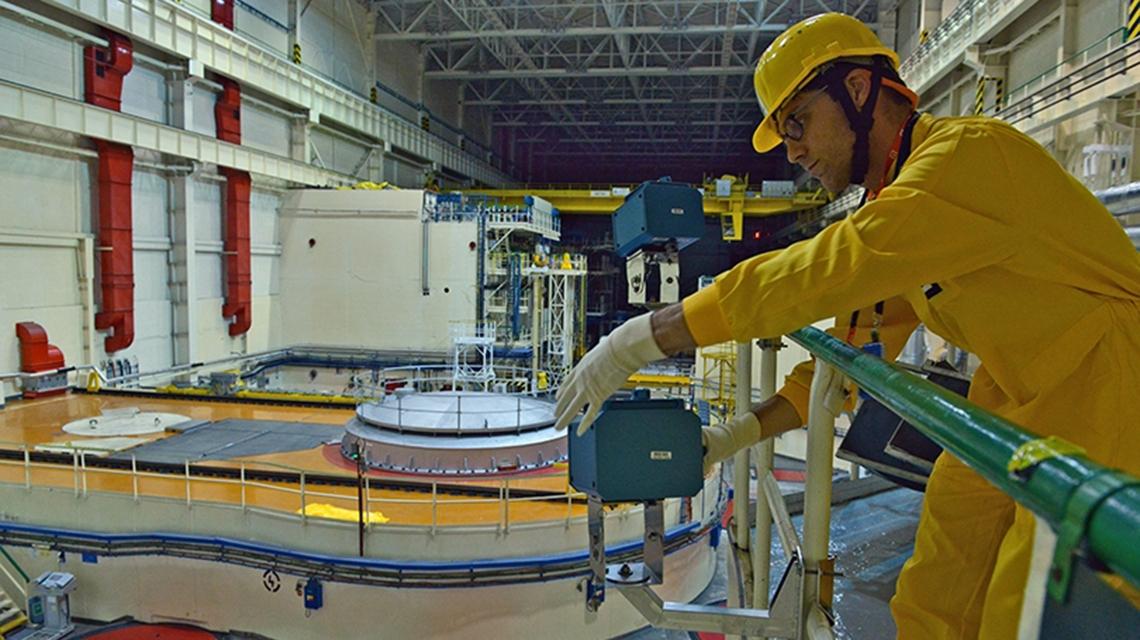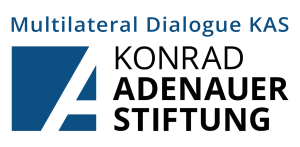On 1 June 1972, the system of comprehensive IAEA Safeguards was introduced following the signing of the Treaty on the Non-proliferation of Nuclear Weapons (NPT) in 1968. Safeguards are applied to verify a state is meeting its international obligations not to use nuclear programmes for nuclear-weapons purposes under the terms of the NPT. The Safeguards regime is based on INFCIRC/153, known as the comprehensive safeguards agreement (CSA). In accordance with Article III.l of the NPT It contains an undertaking by a member state to accept a wide application of safeguards on nuclear material. It covers all peaceful nuclear activities within its own territory, under its jurisdiction, or carried out under its control anywhere, The purpose of such verification is to ensure nuclear material l is not diverted to nuclear weapons or other nuclear explosive devices or for unknown purposes.
The initial IAEA safeguards based on Information Circulars INFCIRC/26 (1961) and INFCIRC/66 (1965) are so-called item-specific safeguards (as opposed to safeguards on all materials and activities), agreements that covered simple nuclear activities:
- research, test and power reactors with less than 100 megawatts thermal output
- the source and special fissionable material used and produced in these reactors
- small research and development facilities
Procedures covering other types of nuclear facilities were to be developed as the probable need for them arose. These agreements defined the safeguards to be applied to individual facilities and shipments of fuel, but may also have covered all nuclear trade between two States.
Why It Matters
Safeguards applied under the NPT have been credited with keeping a cap on the spread of nuclear weapons, providing a cornerstone of international nuclear arms control for half a century. IAEA inspectors have a number of tools at their disposal: nuclear material accountancy to ensure there are no reporting discrepancies, and containment and surveillance techniques, such as tamper-proof seals and cameras in safeguarded facilities. More intrusive techniques are available in states with an additional protocol, such as environmental swipe sampling able to detect any evidence of undeclared nuclear material. In 2020, the IAEA had safeguards agreements with 183 countries in force and 221,432 so-called significant quantities (SQs) of nuclear material under safeguards. An SQ is the approximate amount required to make a nuclear weapon.
Further materials:
https://www.iaea.org/publications/factsheets/iaea-safeguards-overview
https://vcdnp.org/wp-content/uploads/2019/09/201914-iaea-safeguards-staying-ahead-of-the-game.pdf
https://www.iaea.org/sites/default/files/iaea_safeguards_glossary.pdf





